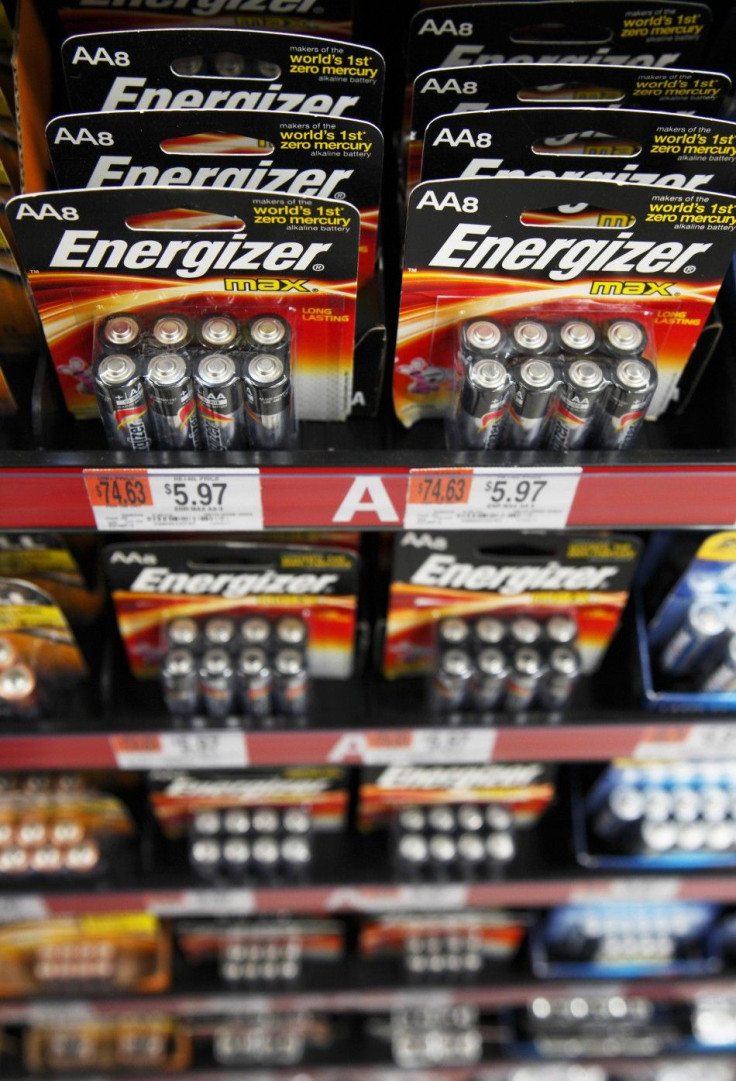Microbatteries Could Soon Power Your Devices

A new lithium-ion battery that's tinier than a sixth of a person's thumb has been invented by researchers from the Department of Science and Engineering at the University of Illinois. Through the process of 3D holographic lithography, creating the battery's electrodes was made possible even if it meant downsizing the battery to a fleck. It used to be a challenge for scientists and engineers to come up with a smaller battery given the energy capacity and power density that it can only handle.
“In this project, we developed an effective method to make high-performance 3D lithium-ion microbatteries using processes that are highly compatible with the fabrication of microelectronics. We utilized 3D holographic lithography to define the interior structure of electrodes and 2D photolithography to create the desired electrode shape," stated Hailong Ning, a MatSE graduate student and author of the study, in a paper published on the Proceedings of the National Academy of Sciences of the United States of America's Web site.
"This work merges important concepts in fabrication, characterization, and modeling, showing that the energy and power of the microbattery are strongly related to the structural parameters of the electrodes such as size, shape, surface area, porosity, and tortuosity,” added Ning.
Lithography is a method that could be used to fashion objects out of base materials. Holographic lithography, meanwhile, allows the creation of patterns through the use of laser beams. The lattice is made on glass coated with indium tin oxide and is bound with nickel through a specialised process. The microbattery's size is 2 millimetres on one side and a collector covering a 4 mm2 area, according to Ars Technica.
Nickel is an integral component of batteries used not just for small gadgets but also for nickel-metal hydride batteries, which are being used in hybrid-electric vehicles and rechargeable household batteries. The mineral is sourced from, Australia and Russia. Amur Minerals Corporation (London AIM:AMC) is among nickel miners in Russia that runs and operates one of the top 20 nickel projects globally. Its Kun-Manie project in the Russian Far East covers 67 million tonnes of nickel.
According to the Nickel Institute, nickel's role in people's lives has been more important than ever "in the race to power the electric vehicles and electronic gadgets of today and tomorrow." The Web site revealed that a new cathode material made from nickel renders lithium-ion batteries more efficient.
To contact the writer, email: vittoriohernandez@yahoo.com





















